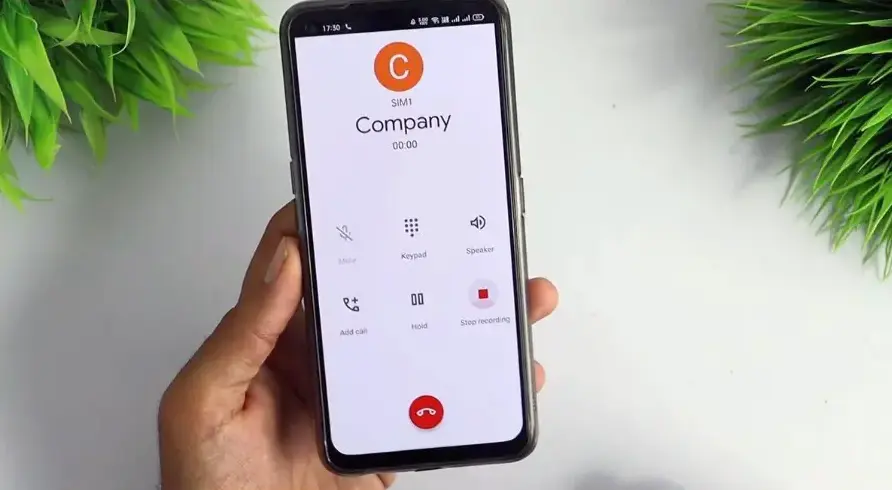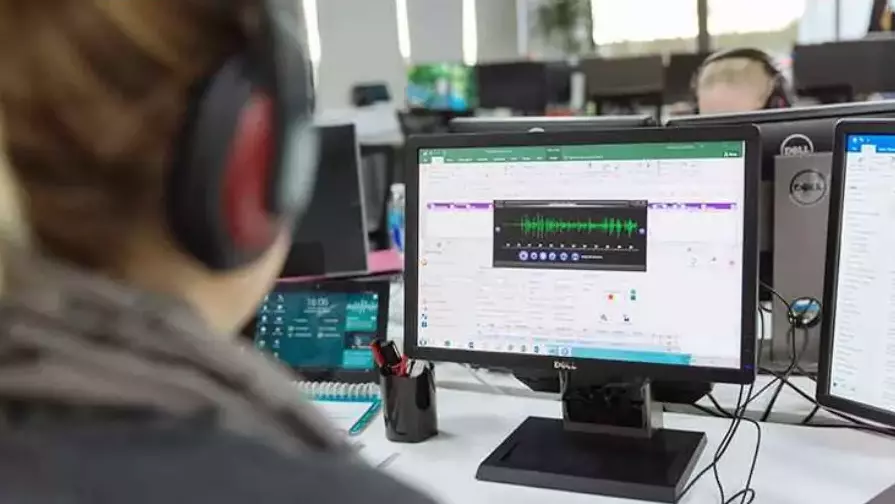If you are seeking a quick and effective way to boost your business, call recording is the solution you need. By providing you with concrete data on how your sales and customer service teams interact with customers, this invaluable tool offers key insights that will drive your success. In the modern age, we are fortunate to have the ability to record and analyze calls at our convenience, allowing us to identify areas for improvement and maximize our growth potential.
While call recording technology may seem cutting-edge, it actually has a rich history dating back to the early 1900s. We will delve into the evolution of this game-changing technology and explore how it has revolutionized how we communicate with customers.
In This Article
The First Prototype
In 1903, the first patent for the device known as the “Telephone Answering Machine” was filed, marking a significant milestone in communication history. While previous voice recording technologies existed, his patent specifically addressed the recording of communications.
Prior to the 20th century, telegraphs supported Morse code, but there were no devices that could capture voices. Edison’s phonograph recorder, invented in 1877, was not designed for recording calls. The invention of the Graphophone in 1887 by Volta Laboratory was a step towards commercial recordings, but it was primarily used in the US Congress and did not involve recording phone lines.
To further develop the concept of recording telephone calls, we must fast forward to 1903. It was during this year that Theodore and Carl Freese filed a patent introducing the idea of an automatic device for taking calls and recording them instead of an operator. Their invention recorded sound waves on a wax disk. Although this particular device did not gain widespread popularity due to its limited recording capabilities and usability challenges, it paved the way for the call-recording technology we have today.
Magnetic Tape Recorders
In the past, tape recorders were large and required a team to operate them. They were used mainly for air traffic control to record conversations. Despite their inconvenience, they provided humans with the ability to listen to past events exactly as they occurred. Today, you can easily learn how to record phone calls, thanks to devices like smartphones that can capture video and audio instantly. You can install a call recorder on your device in a few clicks. Such applications as iCall allow you to streamline your workflow. You can get a free trial to test it. It is hard to imagine not having this technology, especially in critical fields. Without recordings, it would be impossible to determine the cause of any problems or malfunctions. The tape recorder changed, providing a direct reference to investigate and fix issues.
Initially, tape recorders were bulky and had limited storage. To access specific parts of the tape, you had to rewind. Moreover, the sound quality was not great. Besides, recording calls was time-consuming. Modifying or deleting content on a tape was a physical process, requiring the connection of a new strand of tape or recording over the existing audio. To overcome these limitations, a new era of technology was needed.
Digital Recorders
In the world of calls and voice recording, a significant shift occurred with the introduction of digital technology. Unlike its predecessors that relied on physical mediums such as wax, cylinders, and tapes, digital recording revolutionized the way we store and interpret audio. You can use a phone recorder iPhone to store your calls.
The size of the digital voice recording market is expected to reach $2.46 billion by 2027, rather than tangible objects, the digital recorder stores data in numerical sequences. These sequences can then be transformed into audible sounds, allowing us to listen to recorded voices and calls. Manipulating the data on a digital recorder is a breeze, as it simply involves changing numbers that exist only in a digital realm.
One of the major advantages of digital playback is its flexibility. Using a call recorder app on your iPhone, you can easily navigate to any specific part of the recording. Furthermore, digital recorders continue to evolve, becoming smaller and more efficient than ever before. In fact, modern smartphones can hold thousands of times more data than traditional tape recorders. The digital revolution has gained momentum since its introduction by Philips, enticing other companies to embrace this pioneering technology.
Modern Devices

The evolution of call recording technology was quick, as now we use digital recordings. While there have been advancements in digital recording technology, making it smaller, faster, and more efficient, there is still room for improvement. Each year, there are significant leaps in the storage capabilities of digital recorders. Besides, as the number of smartphone subscriptions reached 6.6 billion worldwide, most people can use apps. Just a few years ago, a gigabyte seemed large, but now, cloud storage has become a significant milestone in technological development, especially for voice and call recording.
Thanks to the integration of a recorder iPhone with the cloud, we can now store more data than ever before. By utilizing multiple digital devices working in tandem, it is possible to store incredibly large amounts of data online. Many recording devices now have the capability to automatically upload files to the cloud, eliminating the need for manual intervention from the user.
It is astonishing to reflect on how much the process of recording calls has progressed from its beginnings. Perceptive readers will discern a common pattern in the evolution of technology. Often, new technologies appear enigmatic, as if they are stumbled upon by chance. However, when we delve into history, we can observe that technologies are discovered, developed, enhanced, and eventually superseded by new advancements.
Prominent corporations eagerly anticipate breakthroughs in technology, not only in call recording but in all aspects of life. By using a call recorder app iPhone, we can enhance our experience, resulting in the emergence of novel and highly effective business techniques and practices.




